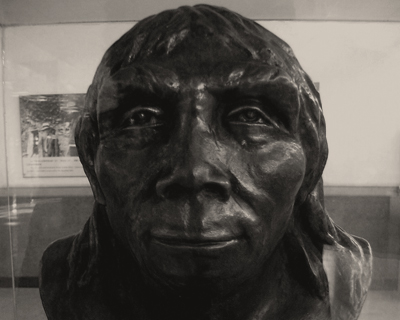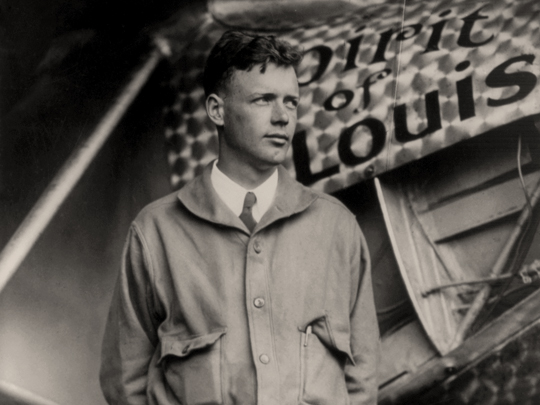Wikimedia Commons / CC-BY-SA-3.0 / GFDL
1 – Charles Lindbergh Makes the First Nonstop Solo Transatlantic Flight
Charles Lindbergh was a famed American aviator, among many other things.
In 1927, at the age of 25, Lindbergh emerged from the virtual obscurity of a U.S. Air Mail pilot to instantaneous world fame as the result of his Orteig Prize-winning solo nonstop flight from Roosevelt Field on Long Island, New York, to Le Bourget Field in Paris, France.
He flew the distance of nearly 5,800 km in a single-seat, single-engine, purpose-built Ryan monoplane, Spirit of St. Louis.
Lindbergh was the 19th person to make a Transatlantic flight, the first being the Transatlantic flight of Alcock and Brown from Newfoundland in 1919, but Lindbergh’s flight was almost twice the distance.
The record-setting flight took 33 1⁄2 hours. Lindbergh, a U.S. Army Air Corps Reserve officer, was also awarded the nation’s highest military decoration, the Medal of Honor, for his historic exploit.
2 – The Menin Gate War Memorial is Unveiled at Ypres

The Menin Gate Memorial to the Missing is a war memorial in Ypres, Belgium.
It is dedicated to the British and Commonwealth soldiers who were killed in the Ypres Salient of World War I and whose graves are unknown.
The Menin Gate Memorial was unveiled on 24 July 1927.
The memorial is located at the eastern exit of the town and marks the starting point for one of the main roads out of the town that led Allied soldiers to the front line.
Designed by Sir Reginald Blomfield and built and maintained by the Commonwealth War Graves Commission.
3 – Fossil Remains of “Peking man” are Announced to the Geological Society of China

Peking Man is an example of Homo erectus. A group of fossil specimens was discovered in 1923–27 during excavations at Zhoukoudian near Beijing, China.
In 2009, the finds were dated from roughly 750,000 years ago, and a new dating technique suggests they are in the range of 680,000–780,000 years old.
The original fossils were being studied at the Peking Union Medical College in 1941 when, with a Japanese invasion imminent, an attempt was made to smuggle them out of China to the United States.
The bones disappeared and have never been recovered, leaving only plaster casts for study.
Renewed excavation in the caves, beginning in 1958, brought new specimens to light. In addition to fossils, core tools and primitive flaked tools were also found.









